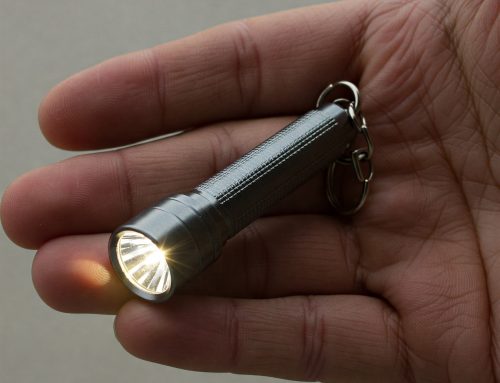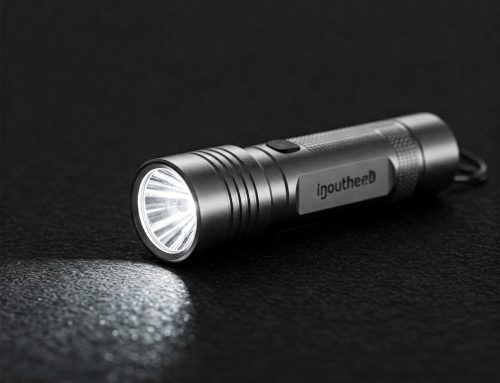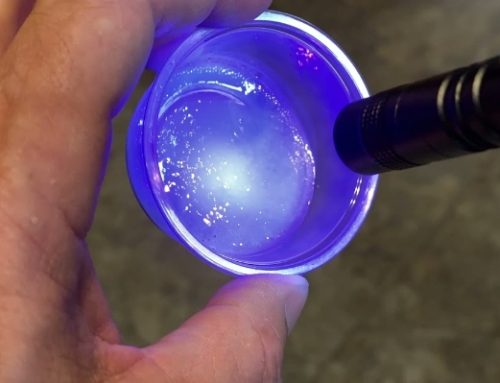UV flashlights have become an essential tool in various industries and applications, from crime scene investigation to resin curing, mineral identification, leak detection, and non-destructive testing (NDT). But with so many options available, how do you choose the right UV flashlight for your needs? In this ultimate guide, we’ll explore the factors to consider when buying a UV flashlight, common applications, and tips for selecting the best one for your specific purpose.
For top-quality UV flashlights, check out Tank007 for professional-grade products and expert advice.
1. What is a UV Flashlight?
A UV flashlight emits ultraviolet light, a type of electromagnetic radiation with wavelengths shorter than visible light but longer than X-rays. UV light is divided into three categories based on wavelength:
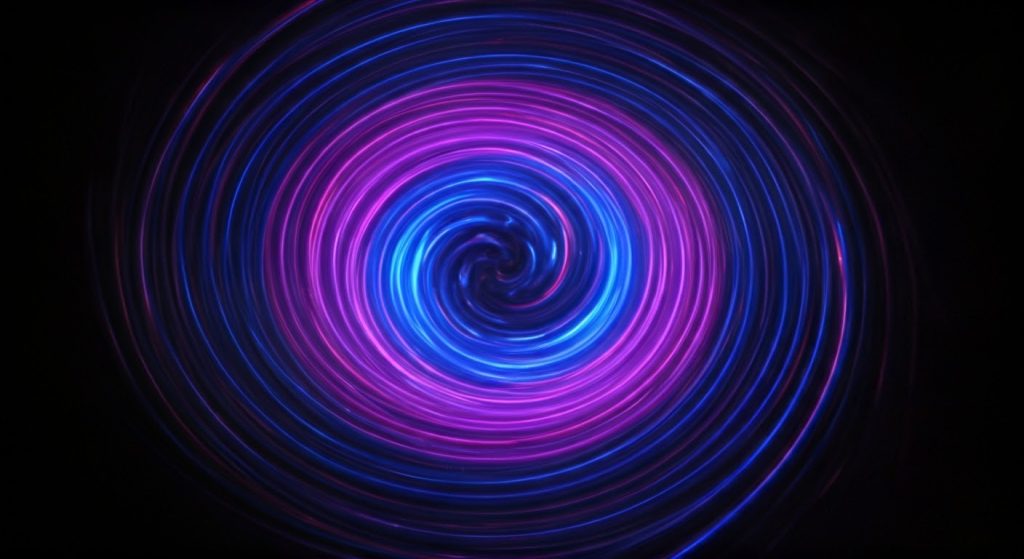
- UV-A (315–400 nm): Often used in blacklight inspections, currency detection, and forensic investigations.
- UV-B (280–315 nm): Common in certain medical or specialized scientific applications.
- UV-C (100–280 nm): Used primarily for sterilization and disinfection.
Most UV flashlights operate in the UV-A range, which is safe for common inspection and detection tasks.
2. Key Factors to Consider When Choosing a UV Flashlight
| Factor | Description | Recommended Value |
|---|---|---|
| Wavelength (nm) | Determines the type of UV light emitted and its suitability for specific applications. | 365 nm for precision tasks; 395 nm for general use. |
| UV Intensity | Affects how well the flashlight can reveal UV-reactive materials. | High intensity for professional use. |
| Power Source | Battery type and runtime (e.g., rechargeable vs. disposable batteries). | Rechargeable lithium-ion preferred. |
| Durability | Impact resistance and waterproofing for tough environments. | IPX6 or IPX8 rating for durability. |
| Beam Coverage | Affects the spread and focus of the UV light beam. | Adjustable focus preferred. |
| Size and Weight | Portable designs are crucial for mobile or extended use. | Lightweight with a compact design. |
| Application-Specific Features | Additional features like filters for precision or multi-wavelength capabilities for diverse applications. | Varies by use case. |
3. Common Applications of UV Flashlights

a. NDT (Non-Destructive Testing)
UV flashlights are critical in detecting surface cracks, material flaws, and ensuring structural integrity without damaging components. A 365 nm UV flashlight with high intensity is ideal for this application.
b. Forensic Investigations
In crime scene investigations, UV flashlights reveal bodily fluids, fingerprints, and other forensic evidence. Multi-wavelength flashlights, like the TANK007 CI02 Combo Kit, are highly recommended. Explore this product here: TANK007 Forensic Light Source Kit.
c. Resin Curing
UV flashlights facilitate the curing process in adhesives, coatings, and 3D printing. A 365 nm wavelength is most effective for resin curing. Learn more about resin-curing applications on our site: Tank007.
d. Mineral Identification
UV flashlights are widely used in geology to identify minerals that fluoresce under UV light. A flashlight with a narrow beam and 365 nm UV light is ideal.
e. Leak Detection
Detecting leaks in air-conditioning systems or pipelines often requires UV flashlights used in conjunction with UV-reactive dyes.
f. Currency and Document Verification
Counterfeit detection is made easy with UV flashlights that highlight security features in banknotes and documents.
4. Comparing UV Flashlights: What’s Best for You?
The table below highlights how to choose a UV flashlight based on your specific needs:
| Application | Recommended Wavelength | Features to Look For | Product Suggestion |
|---|---|---|---|
| NDT Testing | 365 nm | High intensity, waterproof, rugged design. | TANK007 NDT UV Flashlights |
| Forensic Investigation | Multi-wavelength (365–400 nm) | Adjustable focus, compact design, multi-wavelength capability. | TANK007 CI02 Combo Kit |
| Resin Curing | 365 nm | Narrow beam, high power, ergonomic design. | TANK007 UV Flashlights for Resin Curing |
| Mineral Identification | 365 nm | High intensity, compact size, adjustable focus. | Explore on Tank007 |
| Leak Detection | 365–395 nm | Compatible with UV dyes, lightweight, and durable. | TANK007 Leak Detection Flashlights |
5. Tips for Maintaining Your UV Flashlight
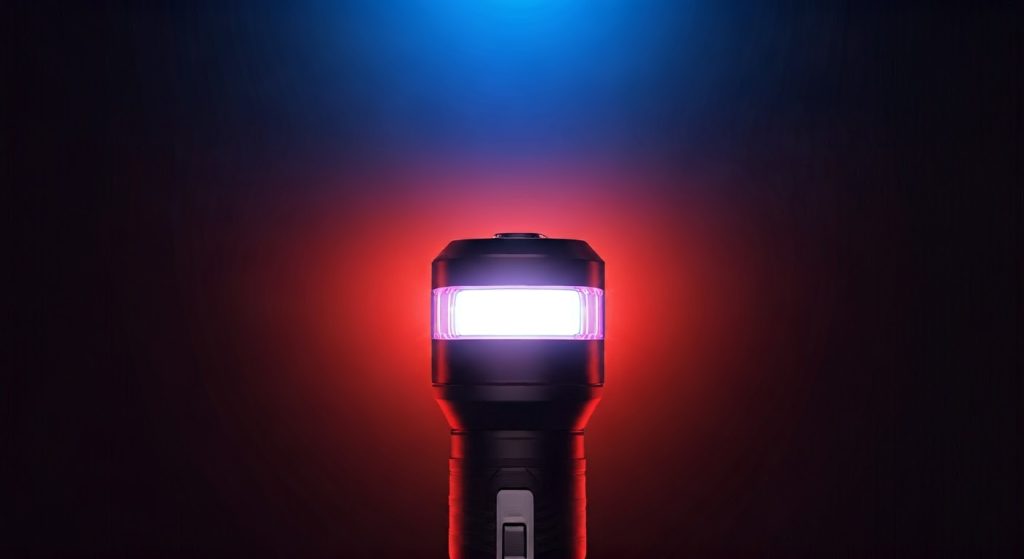
- Keep the Lens Clean: Dust or fingerprints can reduce UV intensity. Use a microfiber cloth to clean the lens regularly.
- Avoid Overcharging Batteries: If using a rechargeable UV flashlight, avoid overcharging to extend battery life.
- Store in a Dry Place: Prevent moisture damage by storing the flashlight in a dry, cool location.
- Check for Damage: Regularly inspect for cracks or other physical damage to maintain effectiveness.
6. Why Choose TANK007 for Your UV Flashlight Needs?
At TANK007, we specialize in high-performance UV flashlights tailored to various industries and applications. Whether you need a flashlight for forensic analysis, resin curing, or leak detection, we offer top-notch products backed by excellent customer service.
Explore our collection at Tank007 or contact us directly to find the right UV flashlight for your needs.
Conclusion
Choosing the best UV flashlight depends on understanding your specific application and matching it to the flashlight’s features. By focusing on wavelength, intensity, and durability, you can ensure that you invest in the right tool for the job.
If you’re looking for high-quality UV flashlights for any purpose, visit Tank007 today or get in touch with us for personalized recommendations.
